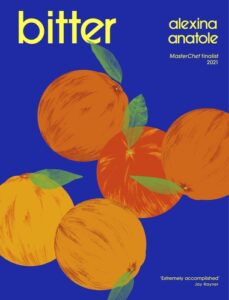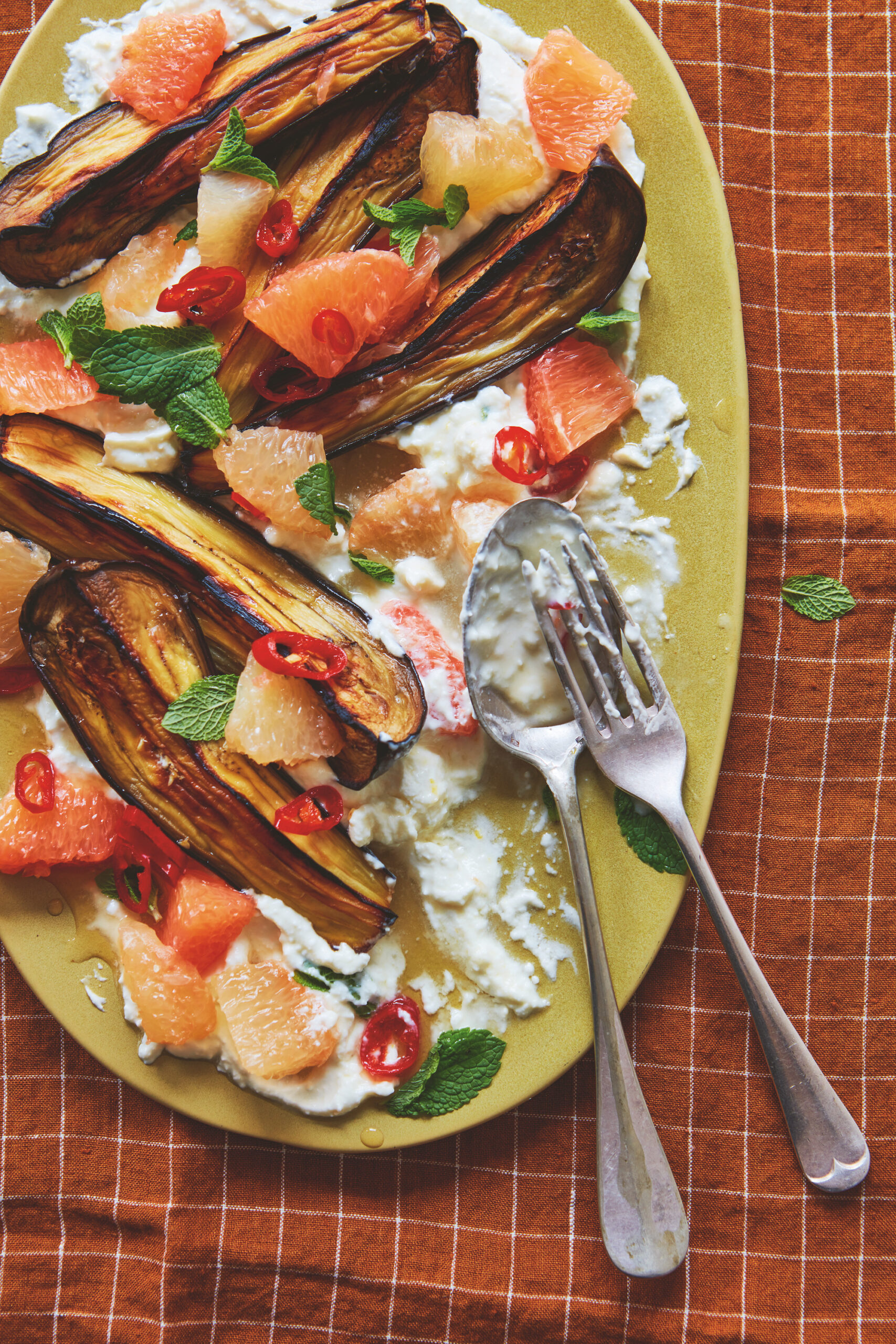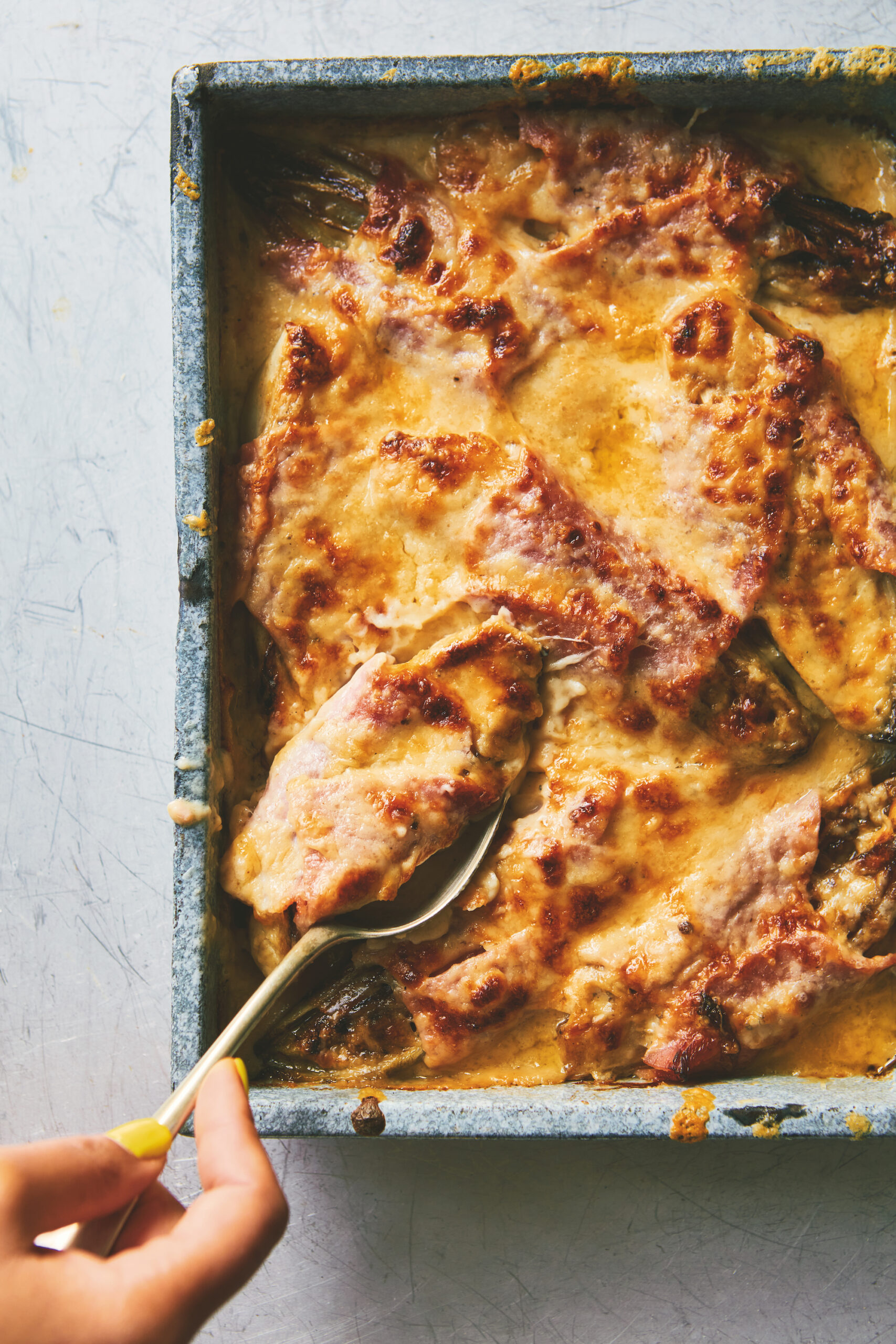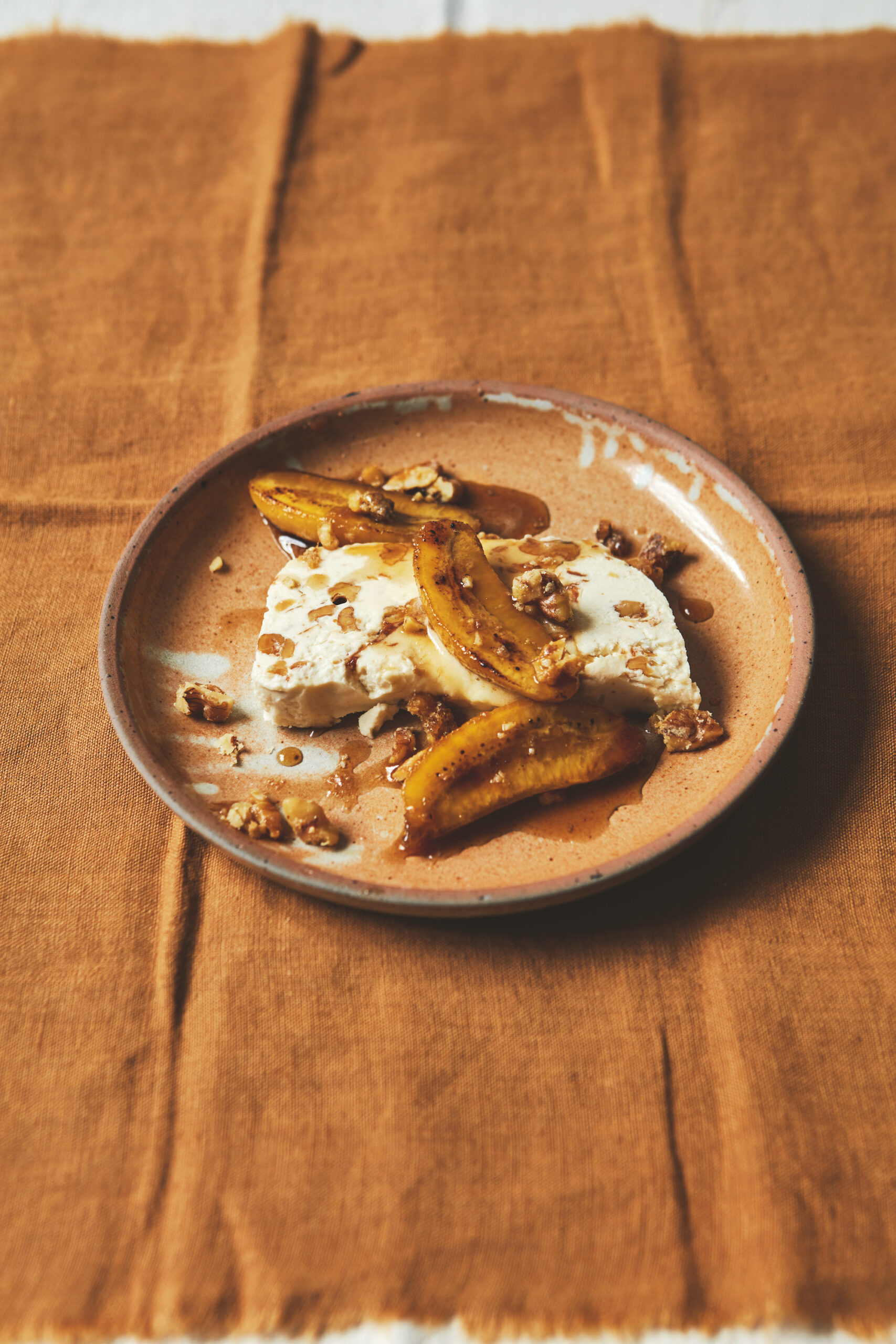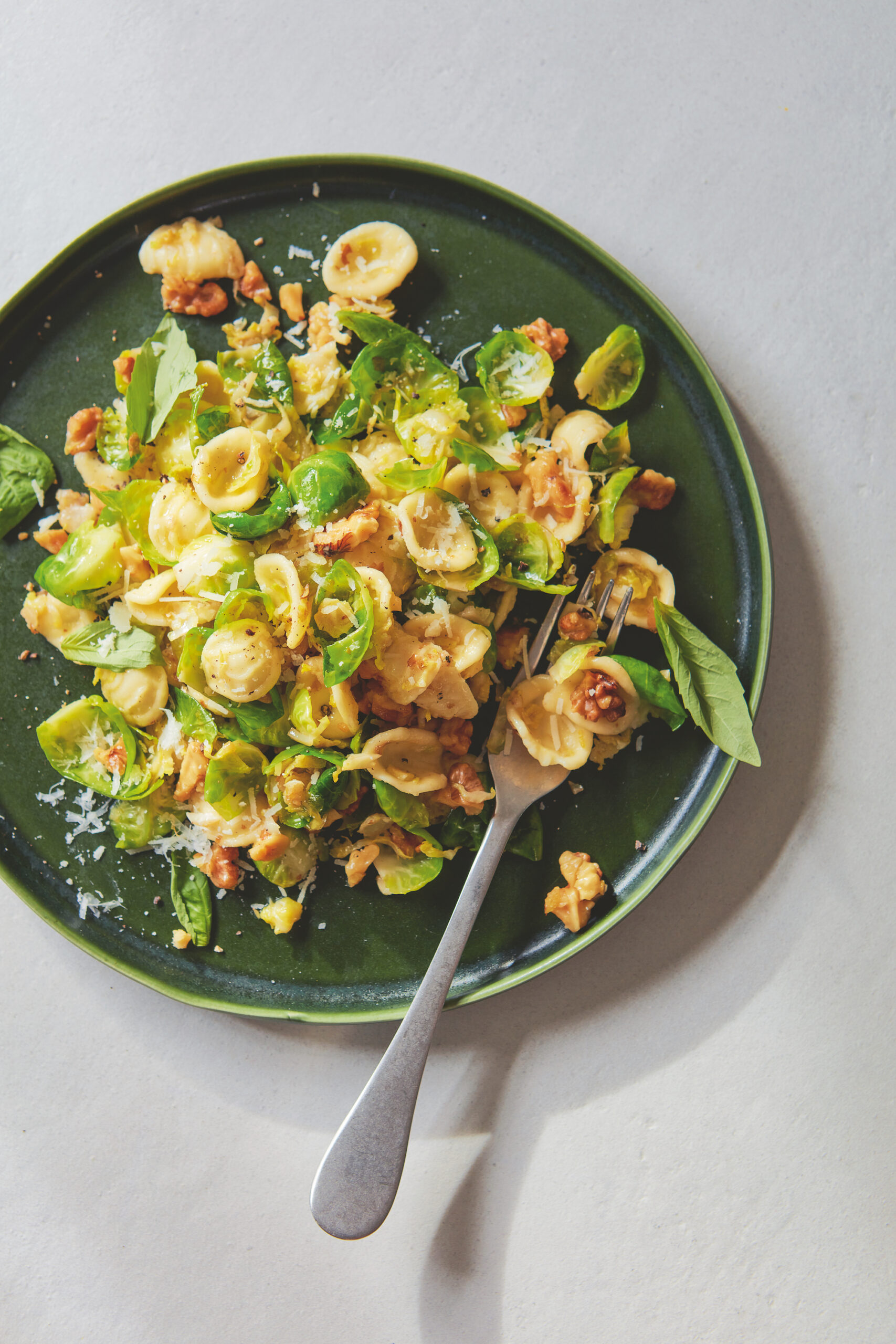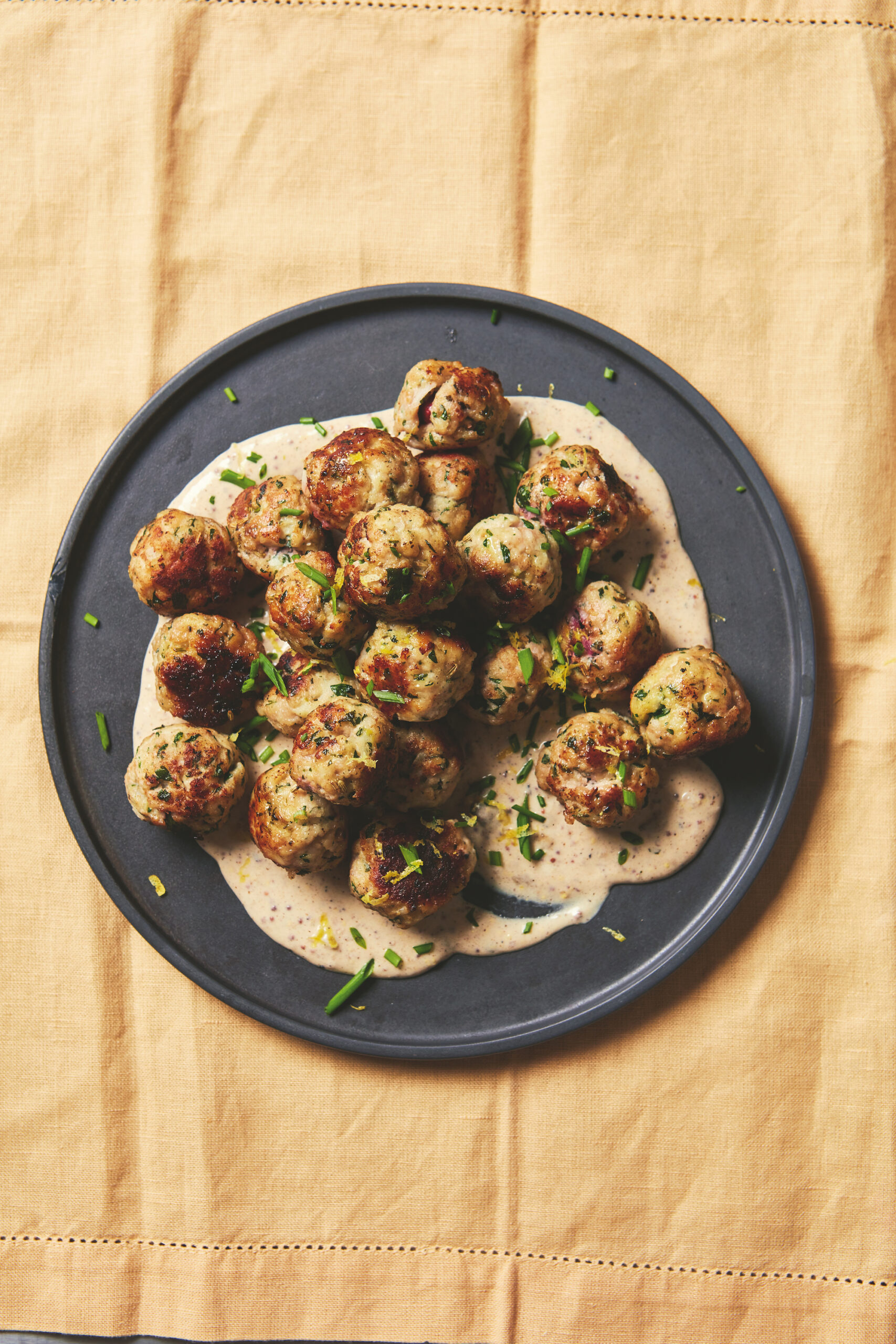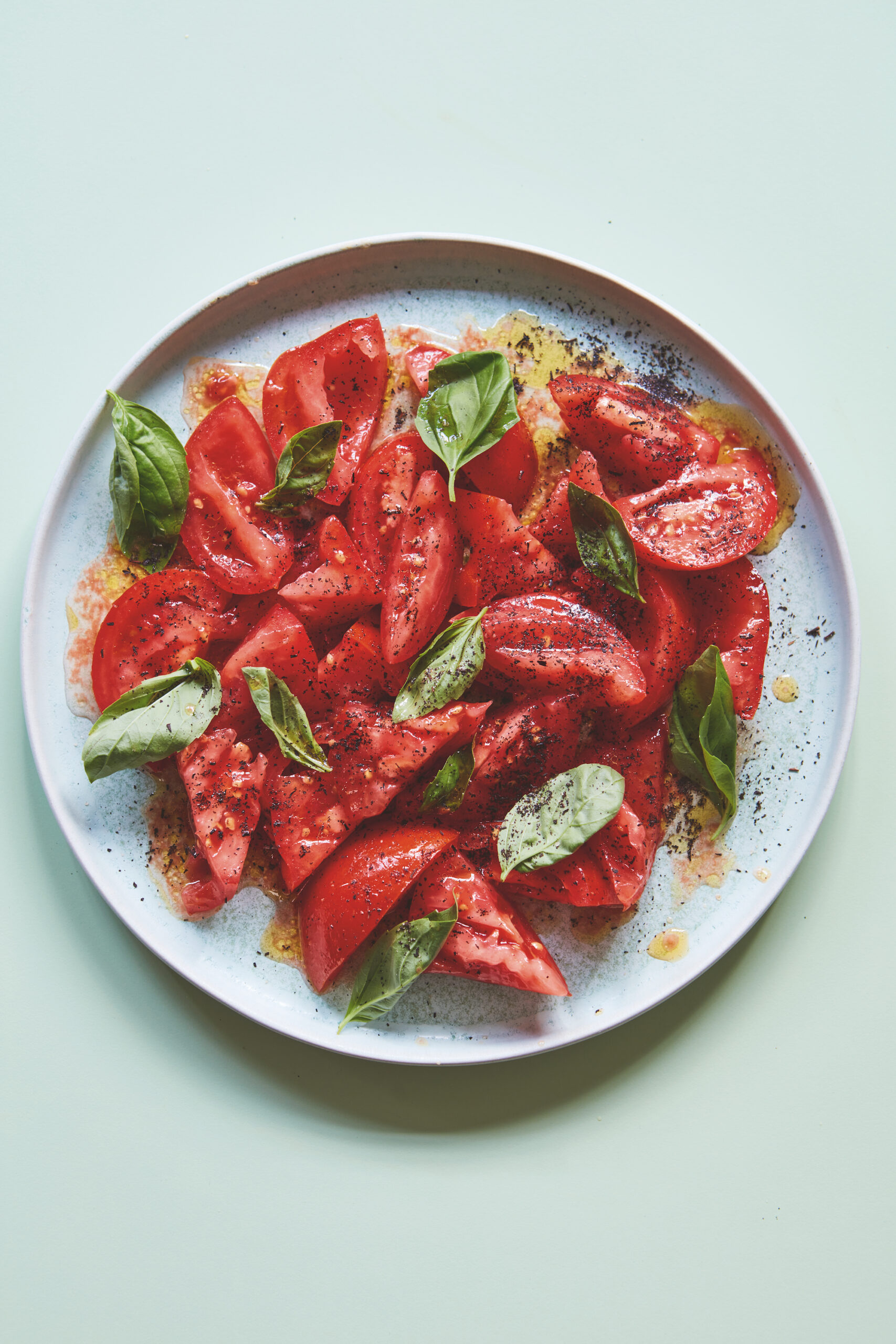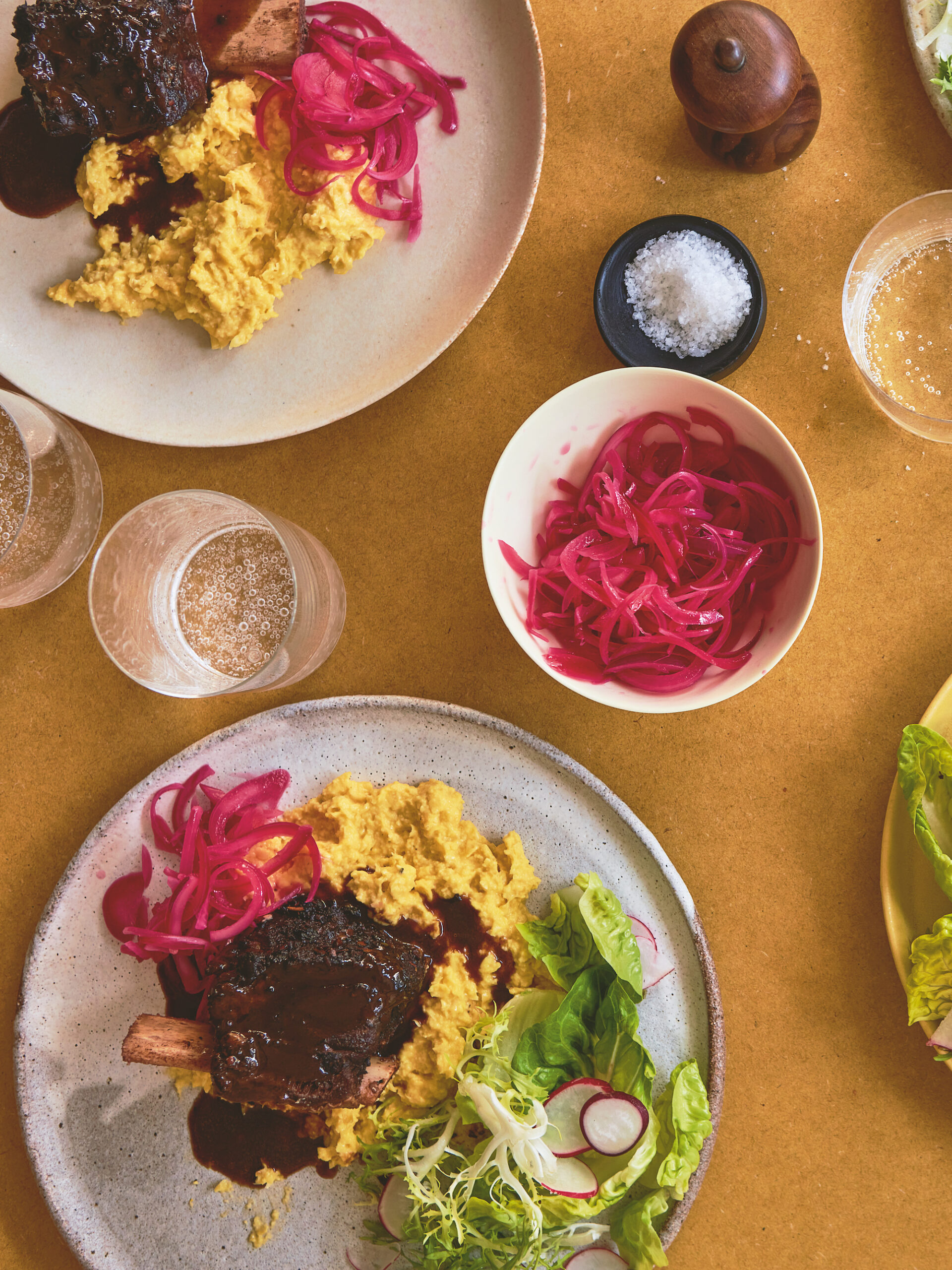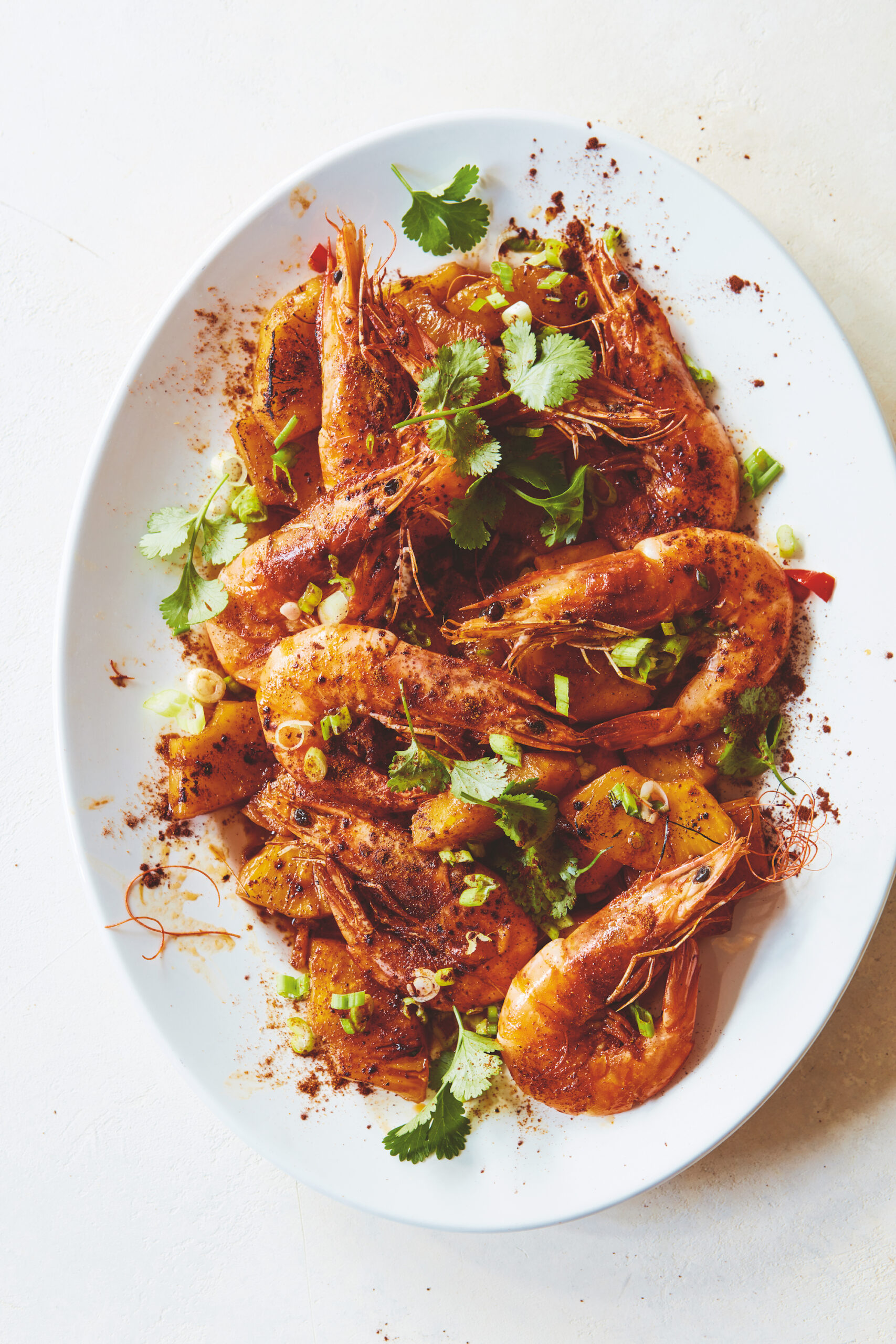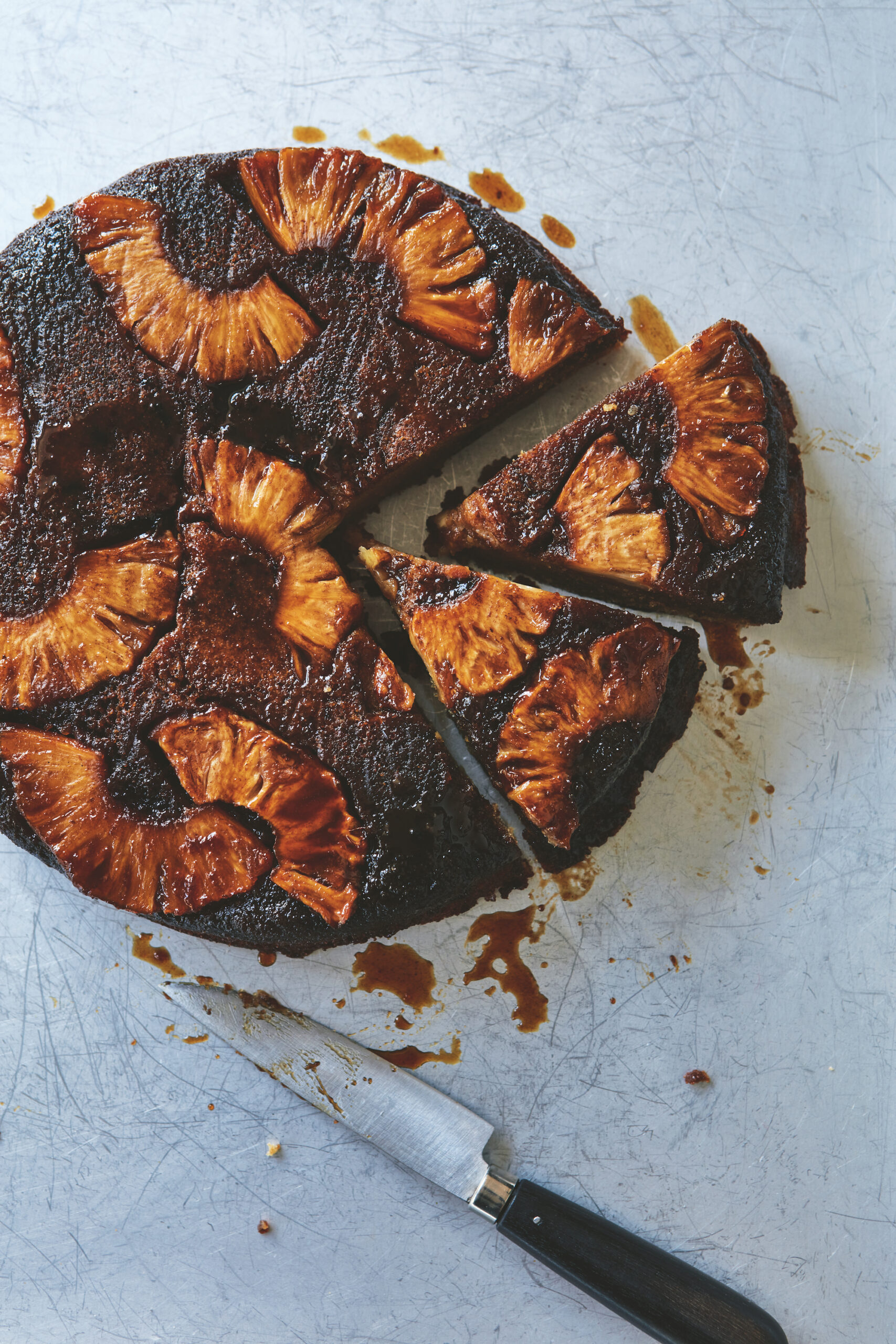Featuring beautiful writing and photography throughout, Bitter is a treasure trove of 80 delicious, indulgent, sophisticated recipes – perfect for any budding chef looking to broaden their palate and balance complex flavours in their dishes. We’ve picked out 10 recipes, one from each chapter, to give you a taste of what you can expect from this gorgeous cookbook that counts Nigella Lawson, Rukmini Iyer, and Ixta Belfrage among its fans.
Grapefruit and bitter oranges
“I love all citrus fruits, but grapefruit has a musky complexity that holds my interest: it is both sour and bitter (where most citrus is straightforwardly sour), which – for me – gives it an edge. Its distinctive but delicate flavour can be overwhelmed by too much heat, too much cream or too much sugar, making it hard to create delicious grapefruit bakes and desserts that retain the essential essence of the fruit. Still, I have made this my mission.” — Alexina Anatole
Bitter leaves
“Most greens and leaves have a degree of bitterness. Lettuces, radicchios, cabbages, kales, chards and herbs all have their nuances: some are milder, some more peppery; some lose substantial volume when you apply heat (looking at you, spinach), while others hold their own. Despite these differences, when cooked many are relatively interchangeable, making the recipes in this chapter conveniently versatile.” — Alexina Anatole
Tahini
“In taste and texture, tahini brings a remarkable and unique set of qualities to the table: smoothness, creaminess, richness, earthiness, nuttiness, smokiness and a subtle, smooth bitterness. Useful in a range of foods (sauces, dips, dressings, soups, marinades), it can be silky, smooth and dense, or pale, light and whipped.” — Alexina Anatole
Beer
“A dizzying number of beers exist: all manner of ales and lagers, porters, stouts, wheat beers, sub-categories within sub-categories. Initially I yearned for the comparative simplicity of wine classification, where it’s white or red, possibly rosé, occasionally orange and hopefully fizzy . . . Beer doesn’t feel as neat and, in a way, therein lies its beauty: it is complex in terms of categorisation, history, taste and aroma. It can be deep, subtle, dark, light, malty, toasty, bitter, sweet. It’s a whole world of flavour.” — Alexina Anatole
Walnuts
“Although walnuts don’t have the current cool of almonds, the sweetness of pecans or the regal quality of pistachios, they are one of the most versatile nuts in the kitchen. Their bitterness makes them good with fatty meats, but their own meaty, firm and slightly waxy texture also makes them a useful ingredient for plant-based foods, where they add richness, body and creaminess.” — Alexina Anatole
Cranberries
“Cranberries are brilliant in baked goods (much like sour cherries) as their sharpness balances out the sweetness of ingredients such as white chocolate and pear; they complement spice beautifully in both savoury and sweet situations; they are charming in chutneys, where they add nuance and piquancy; and they lend fabulous acidity to cocktails.” — Alexina Anatole
Tea
“In this chapter, I explore the bitterness – and sometimes smokiness – present in a few different types of tea: lapsang souchong, British breakfast tea, South African rooibos, Japanese sencha tea leaves and powdery green matcha, as well as Indian masala chai with its bitter notes of cardamom. All different, all wonderful, and all soothing for the soul.” — Alexina Anatole
Coffee
“Beyond the hot drinks that fuel us daily, coffee is an ingredient that can be used in your cooking. It brings a powerful combination of bitter, sour (acidic) and umami flavour, which in savoury dishes adds depth, and in sweet applications excites all of your taste buds at the same time – it’s very much grounds for culinary brilliance.” — Alexina Anatole
Cocoa
“…The flavour of chocolate varies hugely: it can be more or less bitter, fruity, wine-like, woody, earthy, spicy, resinous, smoky. And while good-quality chocolate is best appreciated without fuss, it pairs beautifully with many ingredients because of the complexity of its flavour profile. Nuts, spices and fruit are its most obvious bedfellows, but even ingredients like blue cheese can find a harmony.” — Alexina Anatole
Liquorice
“Liquorice is nature’s dark, complex candy, with a flavour so distinct it could never please everyone – it doesn’t even try. The world cleaves into liquorice lovers and liquorice loathers. Perhaps one of the challenges with liquorice is that it refuses to be tied down: it is both bitter and sweet, harsh and soft, metallic and earthy, medicinal and caramel-like.” — Alexina Anatole
